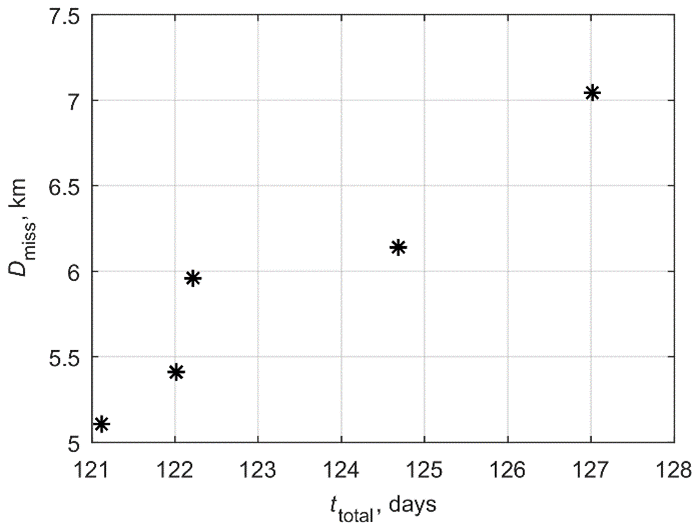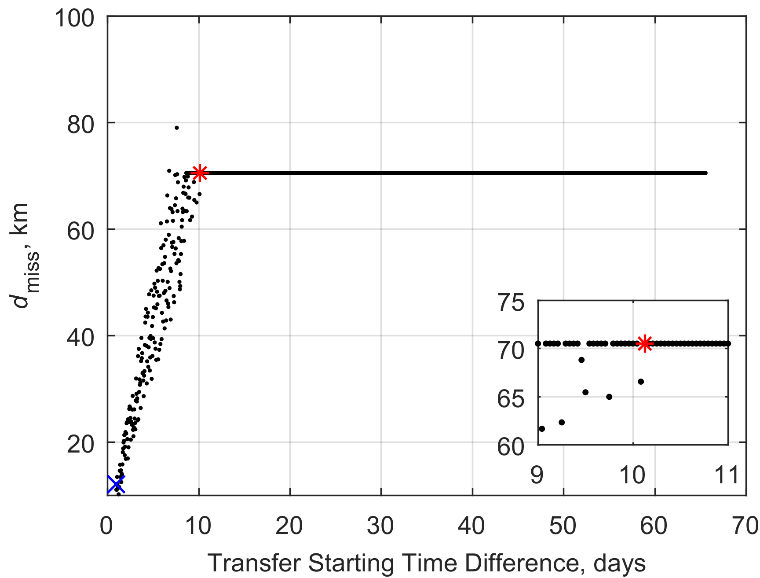The once empty orbital space close to our planet is now becoming a beehive of endless activity. The lower orbital regions are an ideal place for some types of missions and services, such as Earth observation and telecommunications, and many companies are planning and deploying increasingly large constellations.
Moving along this swarm of bullet-fast objects is always a challenge. But even more so when doing it with multiple low-thrust-equipped satellites at the same time. Not only these satellites have to be careful not to collide with themselves, due to the multiple perturbations in orbit, but also we need to consider the limitation of low thrust. Indeed, low-thrust propulsion systems, like ion and plasma thrusters, provide unparalleled “fuel” efficiency, but the force they can produce is small. It is not possible to implement last time emergency manoeuvres, everything has to be planned well in advance.
Our researcher Simeng Huang, in collaboration with prof. Camilla Colombo and prof. Franco Bernelli Zazzera, tackles these challenges in their latest work published in Aerospace Science and Technology Journal. This work deals with the design of simultaneous transfers of a large number of satellites with low-thrust propulsion, embedding collision avoidance criteria. The high computational load for this task is reduced by introducing an efficient novel analytical blended-error correction steering law, capable of adaptively control the orbital element evolution in a feedback fashion. In the process, the low-thrust orbital dynamics are reduced in the average formulation employing semi-analytical techniques to allow the definition of computationally efficient steering laws.
The new low-thrust control method is applied to the design of simultaneous transfers of constellations satellites accounting for self-induced collision avoidance. This collision avoidance condition is expressed as a limit for the minimum distance allowed between any two satellites during the transfer. In other words, it represents the capability of avoiding inter-satellites collisions without the need to perform a dedicated collision avoidance manoeuvre on top of the nominal transfer. The design is solved scheduling the multiple transfers in time to increase the miss distance.
The new, promising results have shown the possibility of efficiently designing the simultaneous transfer of constellations satellites considering both safety and computational efficiency, to pave the way of autonomous on-board operations of constellations platforms.

The article is available in Open Access! You can download it here: https://doi.org/10.1016/j.ast.2020.106198

